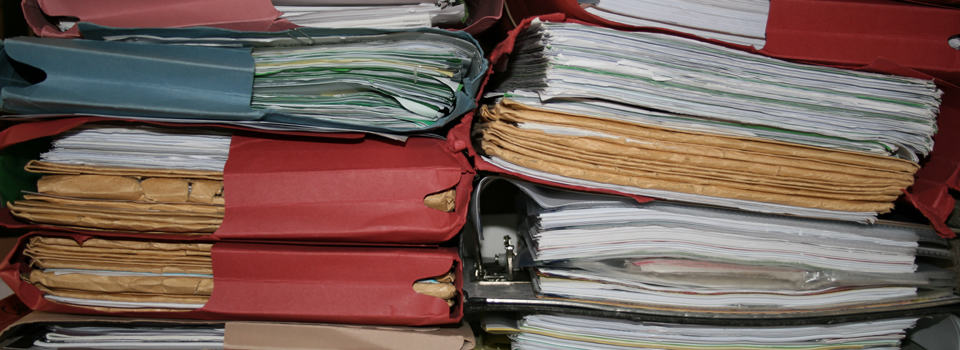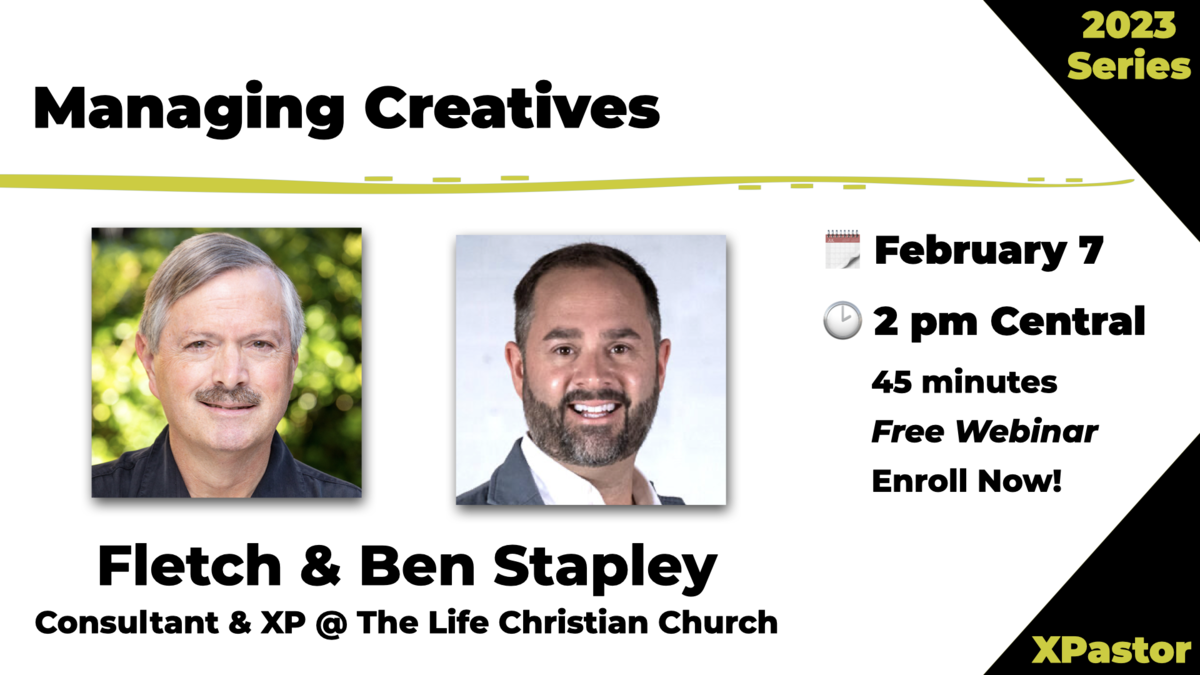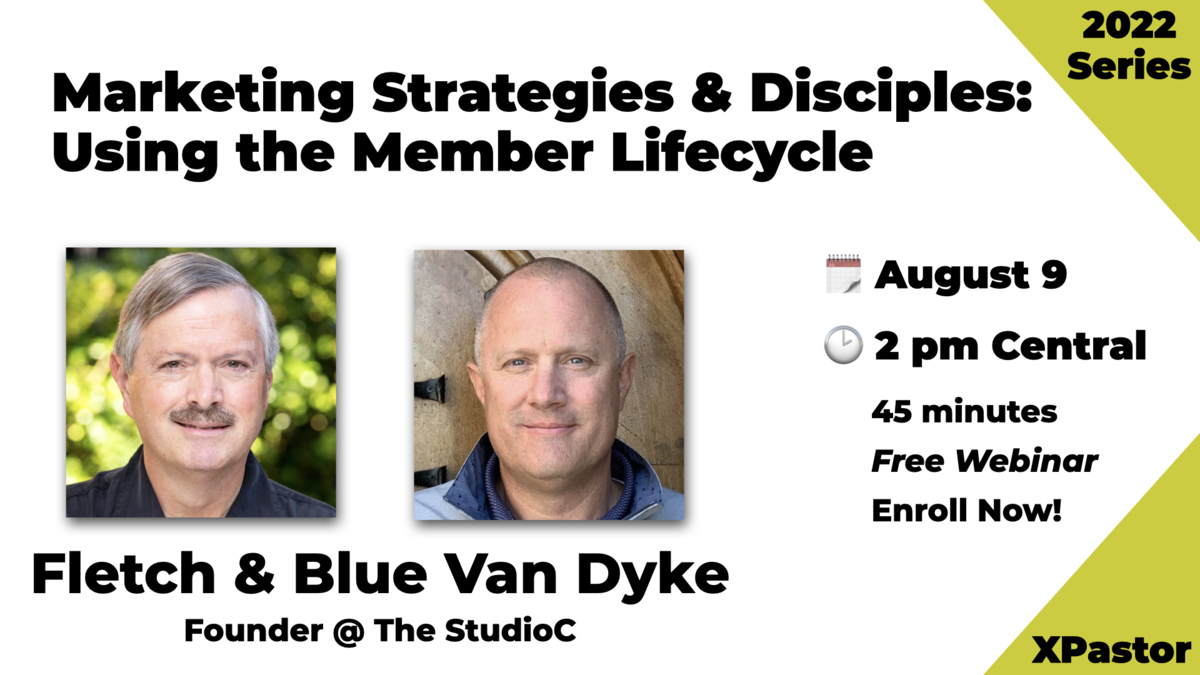Consider if your church or business had 29,151,900 pages of documents. For ease of discussion, let’s round that down to a 29 million. According to some folks in New Zealand who had plenty of time on their hands, their calculations show that 29 million pages would stack over a mile high. They were also so kind as to help translate that pile of paper—it would be equivalent to the height of twenty Statues of Liberty.
Where would you store all that paper? You could store that pile of “wonderful reading” in metal filing cabinets. If you did, your entire church would be full of those miserable five and six drawer monsters. Everywhere you looked there would be filing cabinets and more filing cabinets—offices, hallways, bathrooms and even the kids’ playground.
No, instead I would put those 29 million pages on my laptop. The computer would index all the pages. I could search every document and find the one page in 29 million that talks about “the joys of a paperless office.” If at a board meeting or at home, I could have every item of church business at my fingertips. Fortunately, I have never had 29 million pages of documents.
Wondering how many documents I did have on my computer, I let the computer do some searches for me. I was shocked! Where did I get all this data?
- 5,658 Word files
- 324 PowerPoint files
- 1,465 Excel files
- 49,416 pictures
- 55,000 emails
Need I go on? There are a lot more file types I could catalogue.
I am so glad that 15 years ago, I went “paperless.” What would I do with just the paper from 5,658 Word files? If you want the initial story, read my article, “The Paperless Office—Not Even a Paperclip.”
How Much Storage is on My Laptop?
My MacBook Air can hold 500 gigabytes of data. Let’s give away 50 gigabytes to the system files and programs. That leaves 450 gigabytes for data. As I run the numbers, I estimate that if I only had Word files on my laptop, I could store 29,151,900 files. If I only had images on my laptop, I could have 6.9 million photos of my family and favorite friends. That’s a lot of birthday parties and vacations! The absurdity of the numbers shows that our laptops can hold immensely more than we can read, watch or use!
With 1,005,588 files on my laptop, I still have room for 154 more gigabytes of data. I have not yet filled the disk!
If you were a file cabinet salesman, at this point I would say that a career change is in order. I think that the point has been made well enough—even too well—that the computer is the place to store all your records.
Confidentiality
Some people think that a paper file is more secure and confidential than a computer version. That all depends on the quality of your physical locks and computer security.
Most security in a church or business is needed on a relatively small set of records. These items include HR files, payroll and some confidential meeting minutes (keep those to a minimum). If you store paper versions of those things, your first step in security is the quality of the lock on the filing cabinet. Well, there goes that argument. The locks on almost all filing cabinets are pitiful. A talented elementary school kid could break in. If you put your paper records in a locked room in a locked file cabinet, that is one step better.
Computer security can be extremely tight. The encryption standard commonly called AES 256 is a US government recognized standard:
The design and strength of all key lengths of the AES algorithm (i.e., 128, 192 and 256) are sufficient to protect classified information up to the SECRET level. TOP SECRET information will require use of either the 192 or 256 key lengths.
Make sure that you encrypt your entire disk—an easy process on an Apple computer. On every Mac with the latest free system software, you get:
“FileVault 2 uses full disk, XTS-AES 128 encryption to help keep your data secure. Using FileVault 2, you can encrypt the contents of your entire drive.”
Or, as Wikipedia says, “It uses the AES-XTS mode of AES with 128 bit blocks and a 256 bit key to encrypt the disk, as recommended by NIST.” You can also do this on a PC; read this article about Microsoft’s Bitlocker software.
For extra security on a PC or Mac, place sensitive files in an encrypted disk image file. That way, someone has to know the password to get onto your encrypted computer and then the password to open the encrypted disk image.
With computer copies of all of your records, multiple backups are essential. I use Apple’s Time Capsule. This hardware works for a Mac or PC. Here’s an objective Wikipedia article on the device. Time Capsule backs up your entire computer every time the computer is turned on in a wifi zone!
For extra back-up security, I bought a two-terabyte hard drive for $100. Every two months or so, I dump all my files on it. With two terabytes, who cares about drive space anymore?
I don’t think that any of my data would be classified by the US government as Top Secret, but it is just as secure with AES 256.
The Cost of Printing and Mailing
Let’s conclude this article by noting the cost of printing and mailing all that paper. As we were doing a routine analysis of our church budget accounts, we came across the following line item:
- Monthly lease of the Pitney Bowes Mailing Machine: $500
This is only the cost of the machine, not counting postage. We spend $6,000 just on a mailing machine every year.
I then asked the staff, “How much do we spend on postage?” The reply was “about $20,000.” Almost one-quarter of the mailing budget goes to the machine. That’s just wrong. We could hire a high school student at $10 an hour for 11 hours a week to put stamps on our envelopes and break even.
I have a better idea:
- Let’s move more and more of our bills to secure online bill pay.
- Let’s outsource the major mailing to the congregation to a local firm that specializes in such things.
Postage needs and costs should continue to decline in the office, just as they have in residences all around the country. The US Postal Service reports a decline in mail delivery, from 213 billion in 2003 to 160 billion in 2012. That is 53 billion letters in 9 years. Say hello to email and e-bills.
With great trepidation, I consider for the total cost of all the photocopiers and printers at a church. Many churches spend between $20,000-$80,000 on copiers each year. Note that I haven’t included the cost of paper in all this. The costs are only for leasing the machines. Then you have to buy paper and maintain the machines, as well as purchase folders and cabinets to file the paper in. You’ll wish you could print money on those machines as you are going to need lots of it.
Summary
Society is changing to an e-base. Fotomat is gone! Kodak filed for bankruptcy. The US Postal Service has declined by a quarter in deliveries.
You need to take a hard look at the costs and security of staying with “paper.” It is time to move those files to your encrypted computer.











